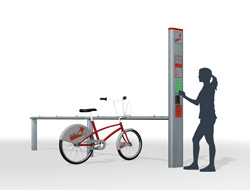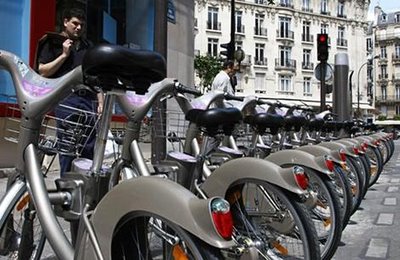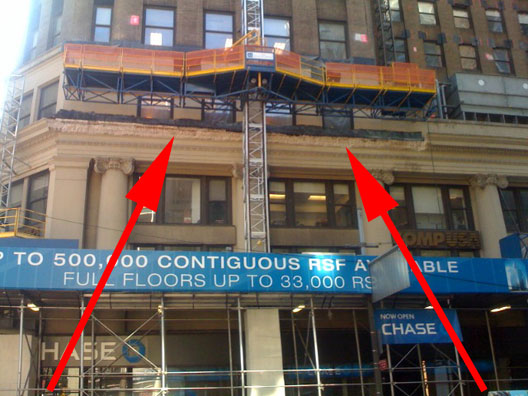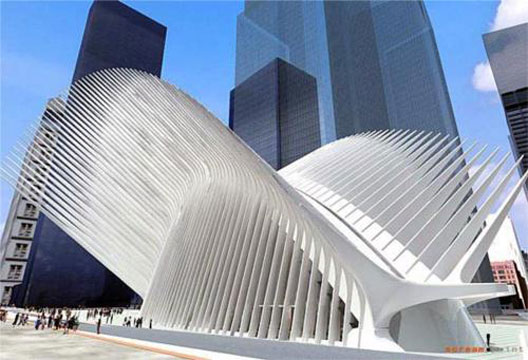Today The Washington Post reported that the rumors of the demise of the Dulles Metro Extension were greatly exaggerated. Of course, this does not mean that the funding is free and clear, it just means that the project has not been scrapped and it will continue, with certain requirements to be met.
For those unfamiliar, this project is a rail extension for the WMATA run METRO’s Orange Line. The new line would run out to Dulles Airport, the main international terminal for DC, which is currently only reachable by Bus, taxi, or personal vehicles. This extension would also service the towns between the end of the orange line and the Dulles Airport, a heavily developed stretch of land that currently has very heavy commute times into and out from the city.
This is some of the best news for Northern Virginia and the DC metro area in a long while. There has been rampant speculation in the housing and development markets in regards to locations of future metro stations; this was all in great danger of collapsing after some recent articles warning of the possible death of the project due to federal oversight and fears of a bloated budget. If the speculation did not pan out, this could have triggered another horrible fall in the local housing markets, and could have meant many more foreclosures. Also, the extension will provide greater rail access farther west from the city than is currently available and may help alleviate some of the beltway and commuter traffic. If this project is successful it will bring with it hope that commuter rail solutions to traffic in Northern Virginia could be a reality and that the fable purple line (a ring line around the city) might one day be constructed.




